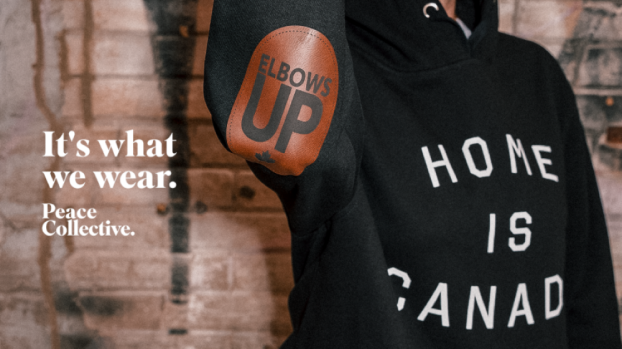It’s the kind of product launch that’s not relegated to a blurb in the business section. No, when McDonald’s Restaurants of Canada recently rolled out its Lighter Choices Menu, it made the front sections of newspapers and even the first few minutes of some national newscasts.
And with such a big launch for a slew of new products, such as the McVeggie Burger on a Whole Wheat Bun, Fruit ‘n Yogurt Parfait and Roasted Vegetable Salad with Chicken, came extensive market research.
Neil Everett, VP marketing, says the idea was born out of the fast food giant’s ongoing tracking studies examining consumer trends. These studies revealed that consumers want to live a more balanced lifestyle – not only in juggling family and work, but also incorporating better foods and exercise into their days.
But then came the tricky part: Determine whether this expressed desire for balance would actually translate into a hungry consumers ordering salads instead of Big Macs. After all, McDonald’s had tried launching lighter menu options in the past (think the short-lived McLean Deluxe entry) and found the demand just wasn’t there.
So the next step was to conduct national focus groups to try and gauge the trend’s potential. ‘And there was a pretty consistent perspective across the country,’ Everett says. ‘People were looking for companies to make a move and provide healthier alternatives. So with that in mind, we took a lot of those insights and did our own traditional quantitative research.’
That research involved interviews with 3,000 people across the country, and it not only confirmed the trend but found out what kinds of products people wanted.
‘There was a real desire for meat alternatives, so we tried the McVeggie burger,’ says Everett. ‘They were also looking for other products, such as chicken, which led to the Chicken McGrill. There was a real demand and push for whole wheat breads and for low-fat dessert alternatives.’ Hence the whole wheat roll on the new burgers and the new parfait dessert offering.
But while people wanted alternatives, the biggest finding was perhaps that they weren’t willing to sacrifice taste. ‘So it’s trying to find the right balance between how much fat is enough and getting the great taste profile,’ he says. ‘The masses won’t trade off one for the other.’
From there, the insights were whisked into McDonald’s kitchens, where outside chefs developed the recipes and taste profiles.
Then McDonald’s launched into another round of focus groups – one where the food was plunked in front of consumers who were asked to rate the taste. As with the initial round, the focus groups took place in Vancouver, Calgary, Edmonton, London, Ont., Toronto, Montreal and Eastern Canada.
‘Part of the benefit with focus groups, particularly with food, is that it’s such a sensual product and the developers want to witness people’s responses,’ says Everett. ‘And you also really want to understand what people are saying when they note it’s too spicy – what do they mean by that? Too hot?’ Along with taste, consumers were quizzed about the financial value of the product.
From there, the products rolled out into test markets across the country, supported by local marketing. Similar to a full-scale launch, the new products remained in restaurants for three to four months, and were evaluated on sales both when supported by advertising and not supported by advertising (in the food business, sales spike when supported with advertising).
Intercept interviews were also conducted in store and consumers were asked questions such as: What motivated you to buy it? What did you think of it? If you were to change the product in any way, how would you? What’s your perspective on the value of it? The insights gleaned were used to further modify the products, pricing and positioning, and last month the Lighter Choices Menu was rolled out nationally.
Naturally, regional insights emerged during the course of research. For instance, the West Coast proved the most ‘green’ region and consumers there wanted the most balance in their lives. In the rest of Western Canada, the skew was more towards red meat because it’s culturally and socially driven, and in Quebec, people’s attitudes to health were remarkably different. ‘They want to live a healthier lifestyle, but there’s a lot of things they’re not prepared to give up to do it,’ says Everett. ‘Balance is more important to them than anyone because they’ll do athletics for the fun of it, not just to work out.’
Everett says in the future some of these regional differences might even appear as new products on regional Lighter Choices Menus.
McDonald’s has developed a fairly standard procedure for such a national launch, and past experiences have resulted in fine-tuned benchmarks that products must meet to see the light of day.
‘Because we’ve tested and launched so many new products, we have research results and actual results and we’ve built quite a substantial database of thresholds that we look for,’ Everett says. While he won’t elaborate on what those thresholds are, he does say that their database gives McDonald’s a good confidence level that a certain amount of research will translate into sales.























